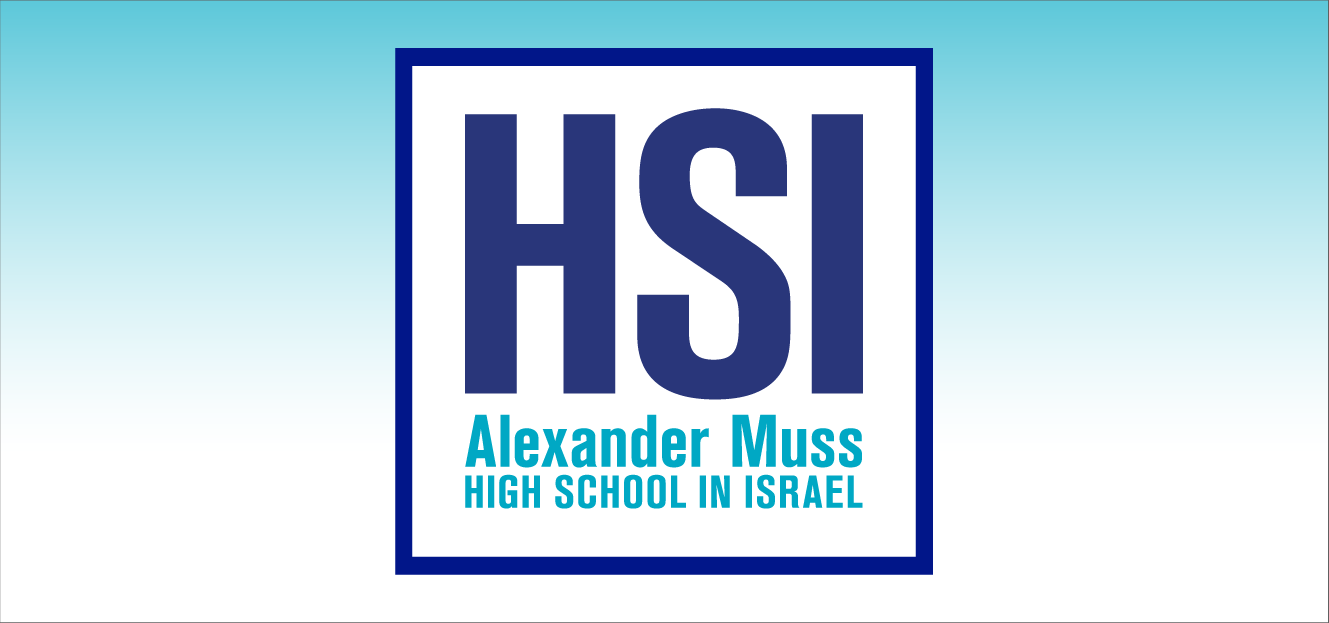Israel’s Independence Day: A Celebration Built on Remembrance

Categories:
Tags:
The American teenager experiences national celebrations of remembrance and independence as a day off. They are touchstones in the calendar, Memorial Day marking the unofficial end of school, and Independence Day, the official kickoff of summer. Both are celebrated in much the same way, a time for fireworks, parades and backyard barbecues.
However, in Israel, these two days—Yom HaZikaron (Memorial Day) and Yom HaAtzma’ut (Independence Day)—are inextricably linked. Memorial Day is a reminder that the price Israel pays for its freedom began before the founding of the modern state and continues today. The joining of these days reminds us that you cannot celebrate independence without first understanding the cost of securing it and mourning for those who died to achieve it. This unique juxtaposition of grief and joy is a defining characteristic of Israeli national identity and
underscores the ongoing sacrifices made for the country’s survival.
As an academic and experiential program that caters to American teens, Alexander Muss High School in Israel (Muss) is always considering the best ways to weave together learning experiences, cultural immersion and enjoyment. Israel’s national holidays are often the perfect opportunity in which these foci converge.
Israel’s Yom HaZikaron is one of the most solemn days of the year. Muss teens explore the meaning of these days first in the classroom before venturing out to Israel society. They begin by studying the life of a fallen soldier, speaking to the soldier’s family. They learn from their teachers and madrichim about the losses every staff member has experienced, and what Memorial Day means to them as Israeli citizens. Afterwards, the students participate with other global visiting groups in a national event, and then in a local event. These ceremonies and firsthand stories ensure that the legacy of the fallen soldiers remains present in the minds of young people.
Almost immediately after Yom HaZikaron ends, Israel transitions into one of its most joyous celebrations—Yom HaAtzma’ut, Independence Day. This shift is not an act of forgetfulness, but rather an acknowledgment that the sacrifices honored on Yom HaZikaron are what make Israel’s independence possible. Without those who fought and fell, there would be no country to celebrate. This raw emotional shift—from grief to joy—binds the two days together in a way that is deeply personal for every Israeli citizen, and important for our visiting teens to experience.
Throughout Yom HaAtzma’ut, the country erupts with national pride as air shows featuring Israel’s Air Force jets streak across the sky, and the Israeli people take to the parks and streets to celebrate. These events emphasize that Israel’s independence is not just a historical milestone but an ongoing commitment to national security and survival. Our teens ring in Independence alongside Israelis in Jerusalem, Tel Aviv and elsewhere in the country.
Ultimately, the experience is shaped by observing the contrasting nature of Memorial and Independence Days. Even before the events of October 7, 2023, every Israeli had been touched by the ongoing struggle for a peaceful existence within our own land. This has only been amplified over the last 18 months.
For visiting students and participants in study abroad programs, this reality can be eye-opening and even jarring. Many arrive in Israel expecting to witness a joyous Independence Day celebration and are unprepared for the somber weight of Memorial Day. By participating in both observances, they come to understand that Israel’s freedom is not taken for granted. It is a hard-fought, deeply personal achievement that requires ongoing vigilance and sacrifice. Nonetheless, they also get to witness why Israel is one of the happiest countries in the world.
Following the ceremonies and air shows, Israelis take to the parks, beaches and hills for a nationwide celebration filled with music, dancing and barbecues. This aspect of Yom HaAtzm’aut, with families and friends gathering for joyous feasts, might feel familiar to an American teenager. Yet the context in which these celebrations take place makes them uniquely Israeli. The echoes of Yom HaZikaron still linger, ensuring that the joy of Yom HaAtzma’ut is not frivolous but deeply meaningful.
This ability to hold both grief and joy simultaneously is what makes Israeli Independence Day so distinct. The celebrations are not simply about marking the birth of the state but about affirming its continued existence despite the challenges it faces. The military displays are not merely for show but serve as a reminder of the ongoing efforts to ensure that independence is preserved for future generations.
For an American teenager, the back-to-back observance of Yom HaZikaron and Yom HaAtzma’ut may seem unfamiliar. However, understanding the connection between remembrance and celebration is key to appreciating Israel’s national identity. In Israel, independence is not just about historical milestones or patriotic pride—it is about acknowledging the price paid and the responsibility to maintain it.
Only after mourning the sacrifices made for the nation’s existence can Israelis fully embrace the joy of their independence. It is within this context that the country comes together to celebrate—not despite their losses, but because of them. This profound balance of grief and gratitude is what makes Israel’s Independence Day one of the most emotionally powerful and meaningful national celebrations in the world.